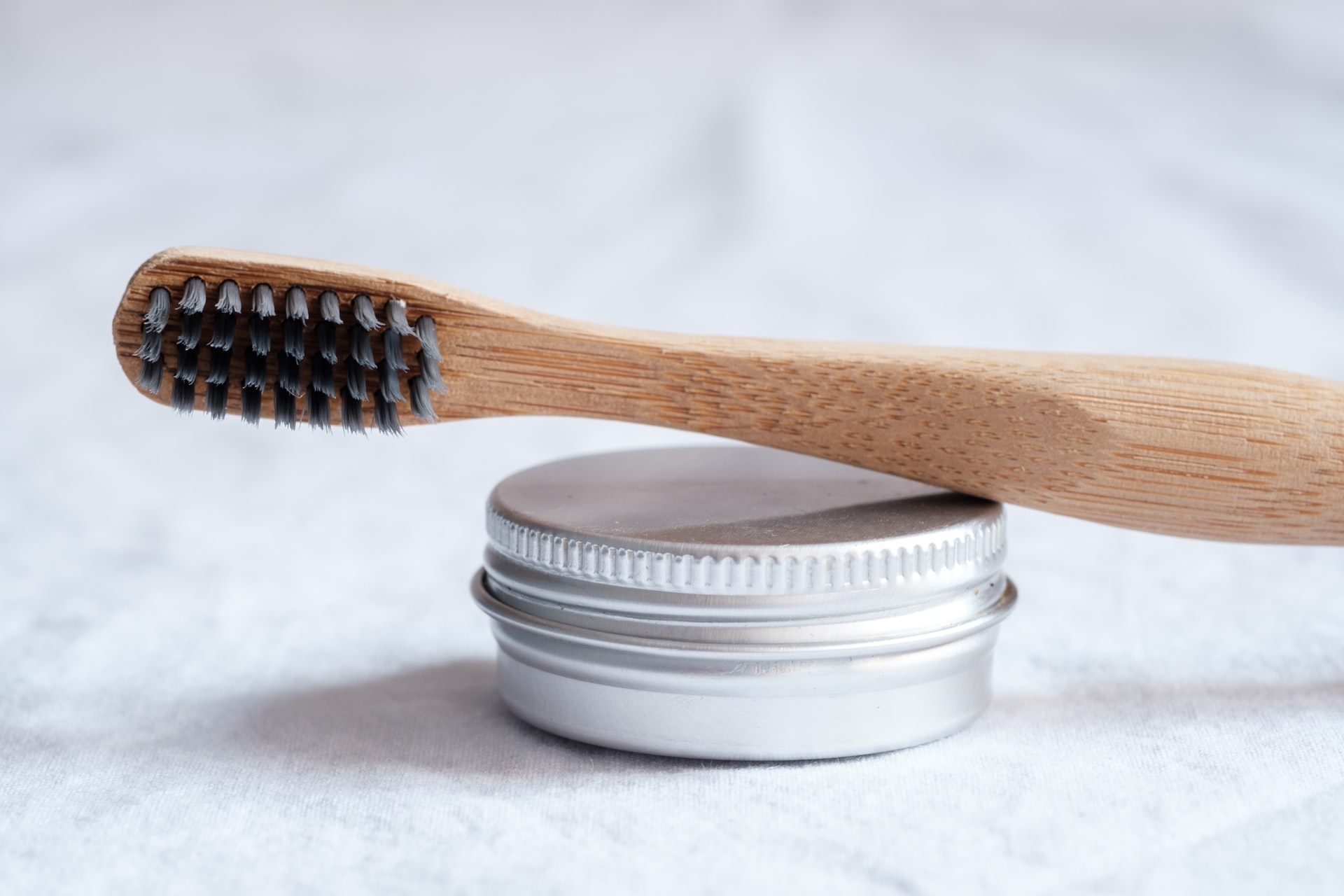CHARCOAL AND ITS USE IN COSMETICS
Charcoal and charcoal-based toothpastes and products for teeth are becoming more and more popular. It is easy to find toothpastes containing charcoal in drug stores, pharmacies and online websites.
Charcoal is the dried, carbonaceous material obtained from the heating of organic substances. In cosmetics and personal care products, charcoal is used as an abrasive, absorbent, deodorant and opacifying agent. Besides cosmetic products, these ingredients are also used in other areas (e.g., as a colourant in food).
The fine black powder obtained by burning animal bones in a closed container (charcoal, bone) is used as a colourant in cosmetic products and it consists primarily of a mixture of carbon, calcium phosphate and calcium carbonate. It is included in Annex IV (list of colourants allowed in cosmetic products) of the European Regulation (EC) No 1223/2009 and when used to impart colour to cosmetics in the European Union, this ingredient is called CI 77267.
The type of charcoal that is usually used in tooth products is ‘activated charcoal’ and it consists in a fine grain powder made from wood, coconut shells and other natural substances that are oxidized under extreme heat.
The fine grain of charcoal contained in toothpaste works as a gentle/mild abrasive and may help to remove surface stains on teeth or absorb surface stains to some degree. It does not have any action in intrinsic stains, below the enamel. Activated charcoal might be too abrasive for a daily use, wearing down the enamel, exposing the dentine and resulting in tooth sensitivity. Toothpastes containing charcoal don’t usually contain fluoride, which is an important substance for teeth protection against cavities and decay. These products may also stain older teeth and its effects on dental restorations are not completely known.
Regarding the safety and effectiveness of tooth whitening products, the American Dental Association (ADA) states that whitening can only be achieved either by bleaching with peroxide or by using a polishing/chemical agent that removes surface stains. Moreover, according to ADA, there is no evidence showing that dental products with charcoal are safe or effective for teeth. A literature review published in the Journal of the American Dental Association (JADA) in 2017 reaffirmed and supported this conclusion. The results of the literature review showed insufficient clinical and laboratory data to substantiate the safety and efficacy claims of charcoal and charcoal-based dentifrices. Studies, at larger-scale and better designed, are needed to establish conclusive evidence. It is advised for patients to be cautious when using these products.
In sum, charcoal dentifrices may help in surface stains, but their efficacy and safety are yet to be demonstrated. Caution should be taken in using this type of products.
If you have any doubts or wish to get more information about toothpaste formulation and its ingredients’ safety profile, do not hesitate to contact us at info@criticalcatalyst.com.
References:
- Regulation (EC) No 1223/2009 of the European Parliament and of the Council of 30 November 2009 on cosmetic products.
- Charcoal and charcoal-based dentifrices – A literature review. 2017. The Journal of the American Dental Association (JADA). Available at: https://jada.ada.org/article/S0002-8177(17)30412-9/abstract#%20
- Charcoal Toothpaste for Teeth Whitening: The Pros and Cons. Healthline. Available at: https://www.healthline.com/health/dental-and-oral-health/charcoal-toothpaste














